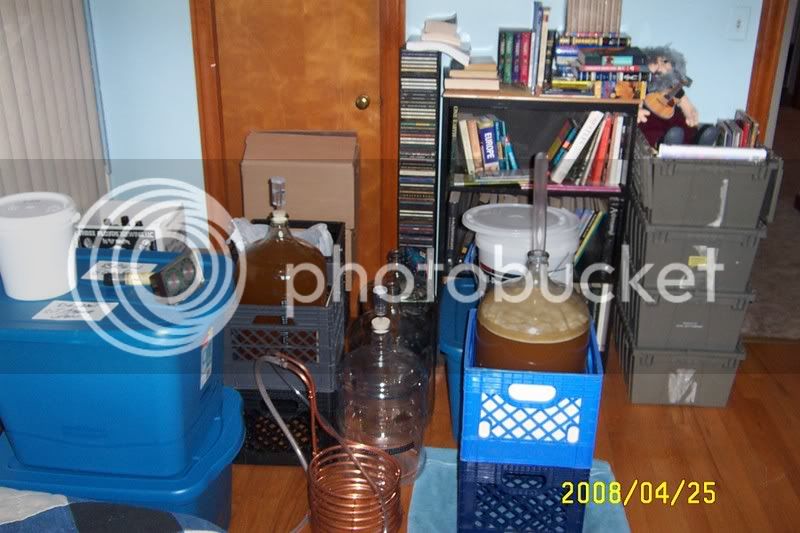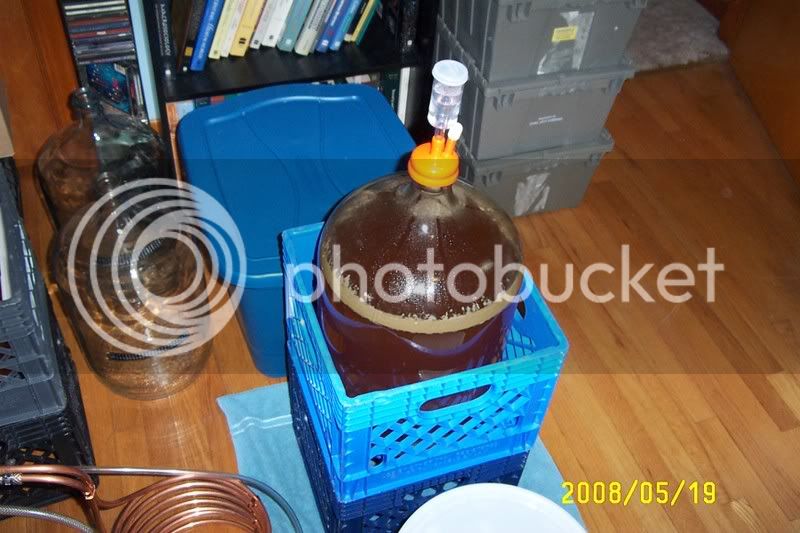Shaggy
Well-Known Member
Quick question regarding gravity readings....
Is it worth it to take a gravity reading when you can see your brew is still "alive"?
When looking in the carboy, I can still see action in there. There is still regular burping out the blow off etc. This brew was started 2 weeks ago tomorrow and first signs of fermentation came late the the following day.
Thoughts?
TIA!!

Is it worth it to take a gravity reading when you can see your brew is still "alive"?
When looking in the carboy, I can still see action in there. There is still regular burping out the blow off etc. This brew was started 2 weeks ago tomorrow and first signs of fermentation came late the the following day.
Thoughts?
TIA!!



















































![Craft A Brew - Safale S-04 Dry Yeast - Fermentis - English Ale Dry Yeast - For English and American Ales and Hard Apple Ciders - Ingredients for Home Brewing - Beer Making Supplies - [1 Pack]](https://m.media-amazon.com/images/I/41fVGNh6JfL._SL500_.jpg)











